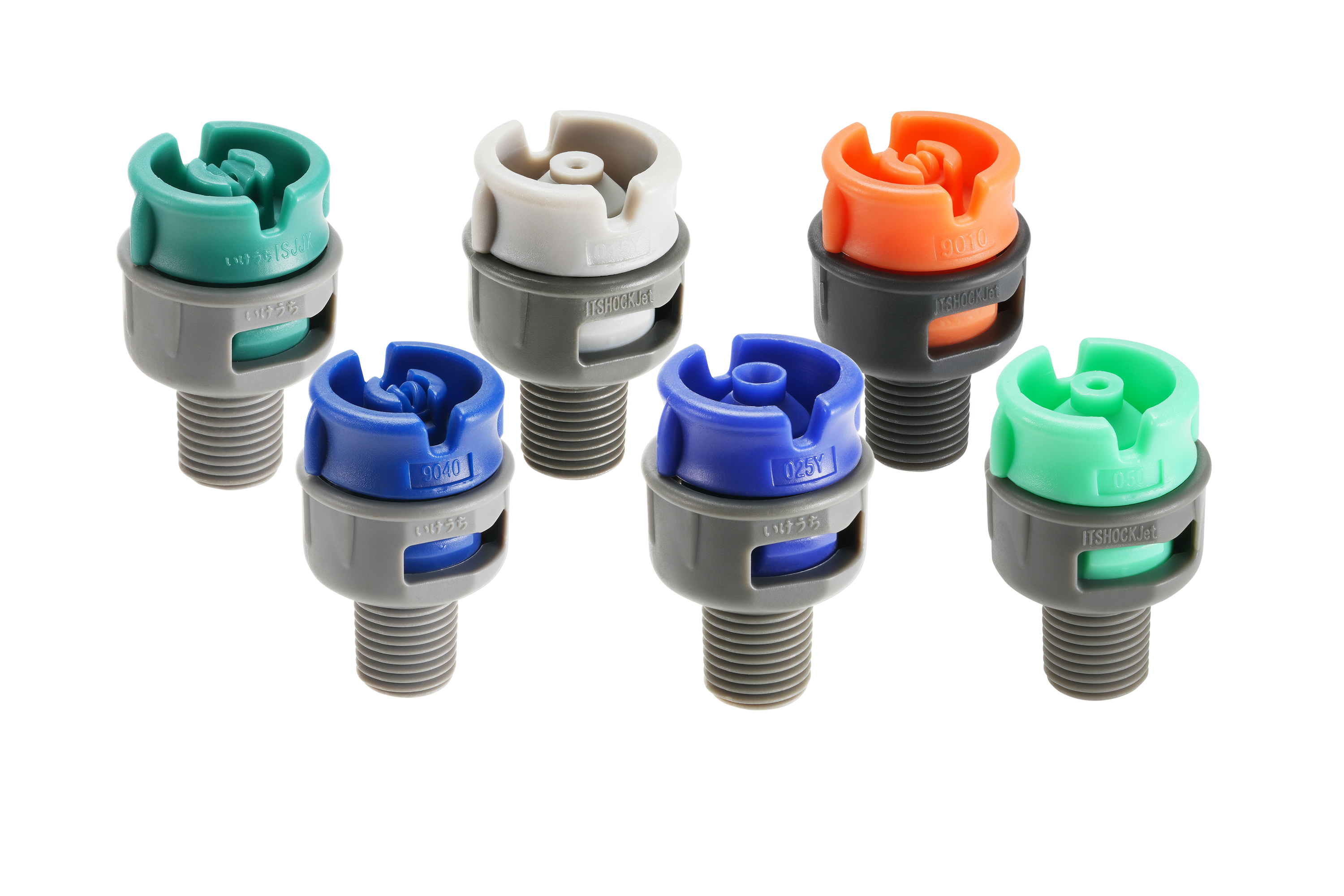In the current field of industrial equipment manufacturing, the choice of plastic nozzle materials is both a rigorous science and an applied art. With the breakthroughs in polymer materials science and technology, new plastics in temperature resistance, corrosion resistance and other key performance indicators continue to break new records for engineers and technicians to provide a better solution.
Observed from the perspective of materials science, the current mainstream plastic nozzle is mainly used in five basic material systems, each system has a unique performance advantages. **Polyethylene (PE)** with its excellent low-temperature resistance (-100 ° C to -70 ° C) and chemical inertia, in the cold chain logistics, frozen processing and other special scenarios unique. The carbon-hydrogen bonding bond energy in its molecular structure is as high as 413kJ/mol, making it a natural barrier against strong acids and alkalis. It is also worth mentioning that UHMWPE (Ultra High Molecular Weight Polyethylene) has been introduced to enhance the abrasion resistance by 200%, and excels in heavy abrasion environments such as mine dust removal and cement conveying.

**Polystyrene (PS)** with its unique transparency and heat distortion temperature (over 100°C) has taken its place in hygienically sensitive fields such as medical sterilization and food processing. With the introduction of Biaxial Orientation Technology (BOPS), its impact strength has been increased by 300%, effectively solving the technical bottleneck of traditional PS, which is brittle. However, it is the HIPS (High Impact Polystyrene) material that is really driving the PS revolution. By introducing the rubber phase, the impact resistance is 5-8 times higher than that of ordinary PS.
Among the many engineering plastics, **Polypropylene (PP)** is undoubtedly the most striking star material. Its density is only 0.90-0.91g/cm³, is a plastic material in the deserved “lightweight champion”. Through the β crystal type control technology, PP's rigidity and toughness to achieve a perfect balance, so that in the complex stress environment can still maintain stable performance. Of particular interest is the emergence of glass fiber reinforced PP (GFRPP), the rigidity of the material increased by 60%, the maximum operating temperature exceeded 150 ℃, in the field of high-temperature injection molding nozzle has been widely used.
Polyvinyl chloride (PVC) material, on the other hand, has been revitalized with its unique flame retardancy (LOI up to 45%) and weather resistance in special fields such as chemical and fire protection. Modified with nano-sized calcium carbonate, PVC's anti-aging properties have been improved by 40%, extending its service life to more than 15 years. ABS material, with its “sandwich” molecular structure (acrylonitrile-butadiene-styrene), is unique in its comprehensive performance, and its unique “island structure” makes the material both rigid and tough, showing unique advantages in high-precision applications such as 3D printing nozzles.
According to industrial statistics, the share of PP materials in the global nozzle market has exceeded 65%, thanks to its excellent cost performance and market acceptance. However, material selection is not the only optimal solution, but should be based on the specific working environment, media characteristics, temperature and pressure and other factors for scientific evaluation. As materials scientist Dr. Smith said, “The perfect nozzle material selection is to find the best balance between performance needs, cost control and sustainable development.”
Currently, the industry is witnessing a new materials revolution, with high-performance engineering plastics such as PEEK (polyether ether ketone) and PI (polyimide) gaining applications in specific high-end sectors. Looking ahead, with the advancement of the Materials Genome Project, cutting-edge technologies such as smart response materials and self-healing materials may redefine the future of nozzle technology.